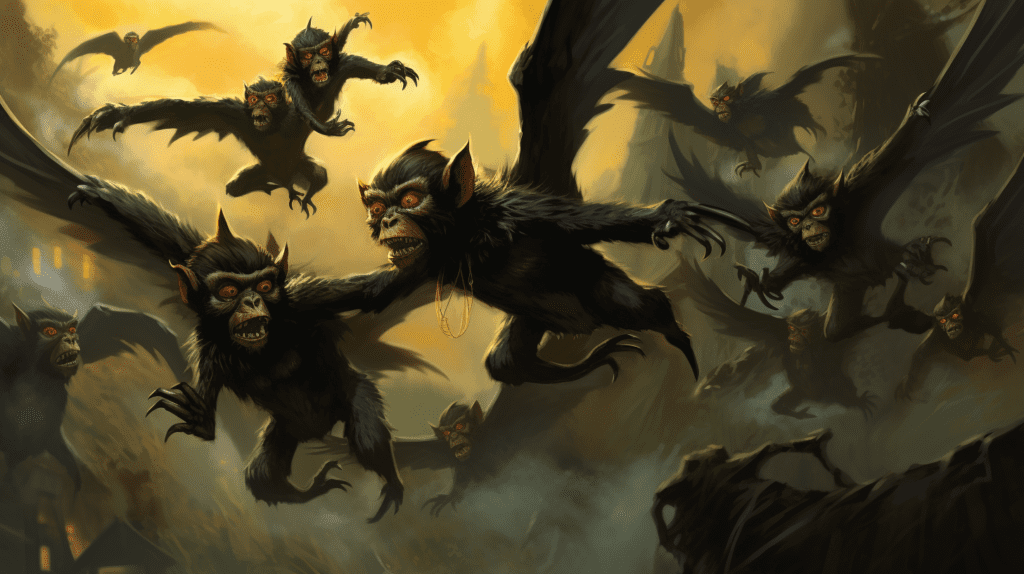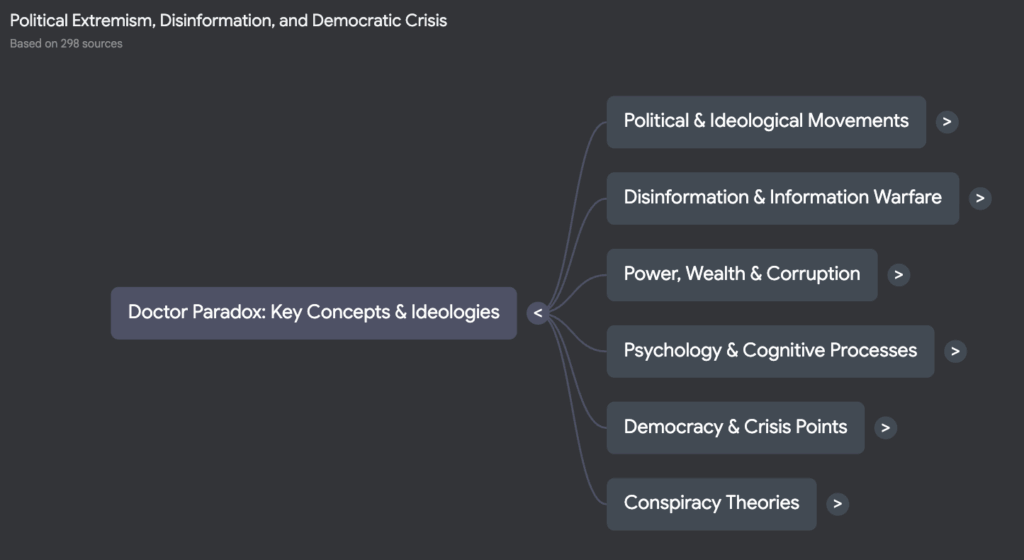The concept of “flying monkeys” is a term that originates from popular culture, being invented in the 1900 novel by L. Frank Baum, “The Wonderful Wizard of Oz” — where the Wicked Witch of the West employs winged monkeys to carry out her malevolent deeds. It was much more broadly popularized by the 1939 film version of the book, “The Wizard of Oz,” which cemented in the public’s mind a vision of evil winged monkeys doing the bidding of a malevolent overlord.
In the realm of psychology and interpersonal relationships, the term has been appropriated to describe individuals who act on behalf of a narcissist or emotional predator, often without full awareness that they are being used to harm others.

Psychological underpinnings of flying monkeys
Flying monkeys serve as extensions of the narcissist’s inflated ego and domineering will. They are often manipulated into believing that the narcissist’s cause is just, and they may even think they are helping to protect or defend someone they care about. This is achieved through a range of manipulative tactics such as gaslighting, projection, and triangulation.
Gaslighting is a hallmark of narcissistic personality disorder (NPD) and emotional abuse that involves making someone doubt their own perceptions and memories, while projection shifts the narcissist’s negative traits onto the victim. Triangulation pits people against each other, creating a web of confusion and mistrust.
Usage by narcissists
Narcissists employ flying monkeys to extend their sphere of influence and control. These enablers can be friends, family members, or even colleagues who are manipulated into carrying out various tasks for the narcissist. These tasks can range from spreading rumors and gossip to more overt acts like harassment or stalking. The flying monkeys often believe they are acting out of loyalty or love, not realizing that they are pawns in a larger scheme.
The narcissist’s relationship with their flying monkeys is transactional. There’s an unspoken quid pro quo: the flying monkeys get to bask in the narcissist’s approval, and in return, they carry out the narcissist’s bidding. This dynamic allows the narcissist to maintain a clean image via plausible deniability, as they can always distance themselves from the actions of their flying monkeys.
Usage by cult leaders
In the context of cults, the concept takes on an even darker hue. Cult leaders often employ a cadre of devoted followers to enforce their will and isolate potential recruits from outside influences. These flying monkeys serve as a buffer between the leader and the outside world, allowing the leader to maintain an aura of mystique and unapproachability. They carry out tasks ranging from recruitment to punishment of dissenting members, all while believing that they are part of a grand, noble cause.
Ethical and social implications
The use of flying monkeys raises significant ethical and social concerns. It disrupts the social fabric, eroding trust within communities and families. Victims often find themselves isolated, as they cannot easily prove the manipulation at play. This isolation can lead to severe emotional and sometimes physical harm.
Flying monkeys and manipulation
Understanding the concept of flying monkeys is crucial for recognizing and combating manipulative behaviors in both personal and broader social contexts, and as an essential cult warning sign. Whether deployed by narcissists in interpersonal relationships or by cult leaders to maintain their power structures (or, often, both), flying monkeys serve as tools of manipulation, coercion, and control. Awareness of these dynamics is the first step in breaking the cycle and fostering healthier, more authentic relationships and societies.


Flying monkeys as a cultural reference
The concept of “flying monkeys” has permeated popular culture ever since its introduction in Baum’s book. Here’s an exhaustive list of cultural references to flying monkeys:
Literature and Film
The Wizard of Oz
- In Baum’s original novel, flying monkeys are described as jungle monkeys with bird-like feathered wings.
- The 1939 film adaptation popularized the visual image of flying monkeys, though they had a smaller role and didn’t speak.
Other Oz Adaptations
- The 1964 animated TV special “Return to Oz” featured clumsy flying monkeys.
- In the film version of “The Wiz,” flying monkeys are reimagined as a motorcycle gang.
- The TV miniseries “Tin Man” depicts bat-winged monkeys called “Mobats”.
- Flying monkeys appear in the 2013 animated film “Legends of Oz: Dorothy’s Return”.
Other Films
- “Jumanji” (1995) features a scene where monkeys imitate the flying monkeys from “The Wizard of Oz”.
- Flying monkeys appear in “Inkheart” (2008).
- “The Lego Batman Movie” (2017) includes flying monkeys among its villains.
Television
- “The Simpsons” has referenced flying monkeys multiple times.
- “Buffy the Vampire Slayer” and “Two and a Half Men” have mentioned flying monkeys.
- “Once Upon a Time” featured a storyline involving flying monkeys in its third season.
- “Dorothy and the Wizard of Oz” animated series includes flying monkeys as recurring characters.
Comics and Animation
- In the comic series “Fables,” a winged monkey named Bufkin is a librarian in Fabletown.
- Various animated adaptations of “The Wizard of Oz” have featured flying monkeys.
Music and Music Videos
- The band Protest The Hero’s music video for “Heretics and Killers” features the band in winged monkey suits.
Video Games
- Flying monkeys have appeared in various video games, often as enemies or obstacles.
Cultural Impact
- The phrase “flying monkeys” has entered common usage to describe people who act on behalf of a manipulative individual, particularly in discussions of narcissism and manipulation.
- The image of flying monkeys is often used in art, merchandise, and popular culture as a symbol of both whimsy and menace.
Misquotations and Misconceptions
- The phrase “Fly, my pretties, fly!” is often misattributed to the Wicked Witch in “The Wizard of Oz,” but it doesn’t appear in the film.
- This misquotation has been perpetuated through various media references, including “The Simpsons”.
Other Cultural References
- There’s a false belief that Chinese mythology describes creatures called “Hsigo,” described as flying monkeys with human faces and dog tails. This is actually a modern fabrication with no basis in traditional Chinese folklore.
Symbolic Use
- Flying monkeys are sometimes used as metaphors for unquestioning obedience or malicious compliance in social and organizational contexts.
The symbol of the flying monkey has had an enduring impact on literature, film, television, and popular imagination since its introduction in 1900. It is now an almost universally-recognized metaphor for a henchman or underling doing the bidding of someone evil, as well as a clinically useful term that can help identify potential emotional predators in our midst.









